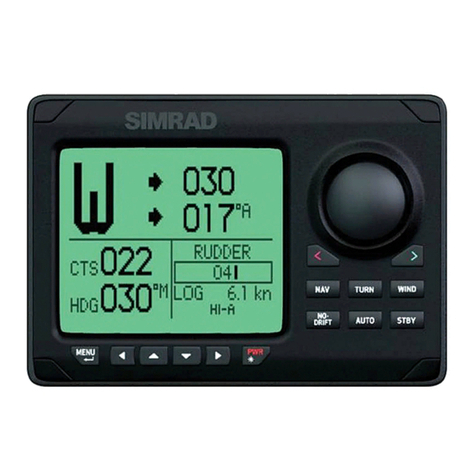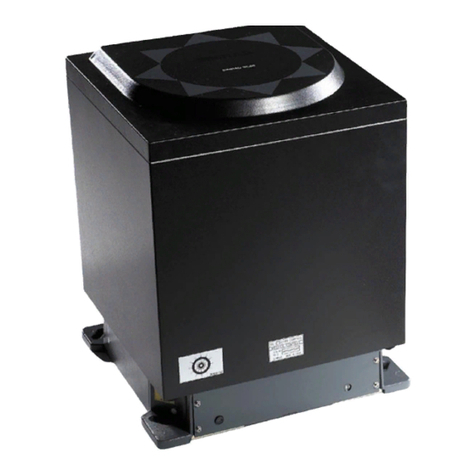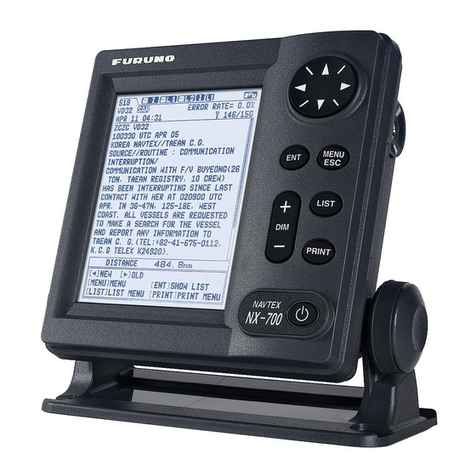Simrad EY500 User manual
Other Simrad Marine Equipment manuals
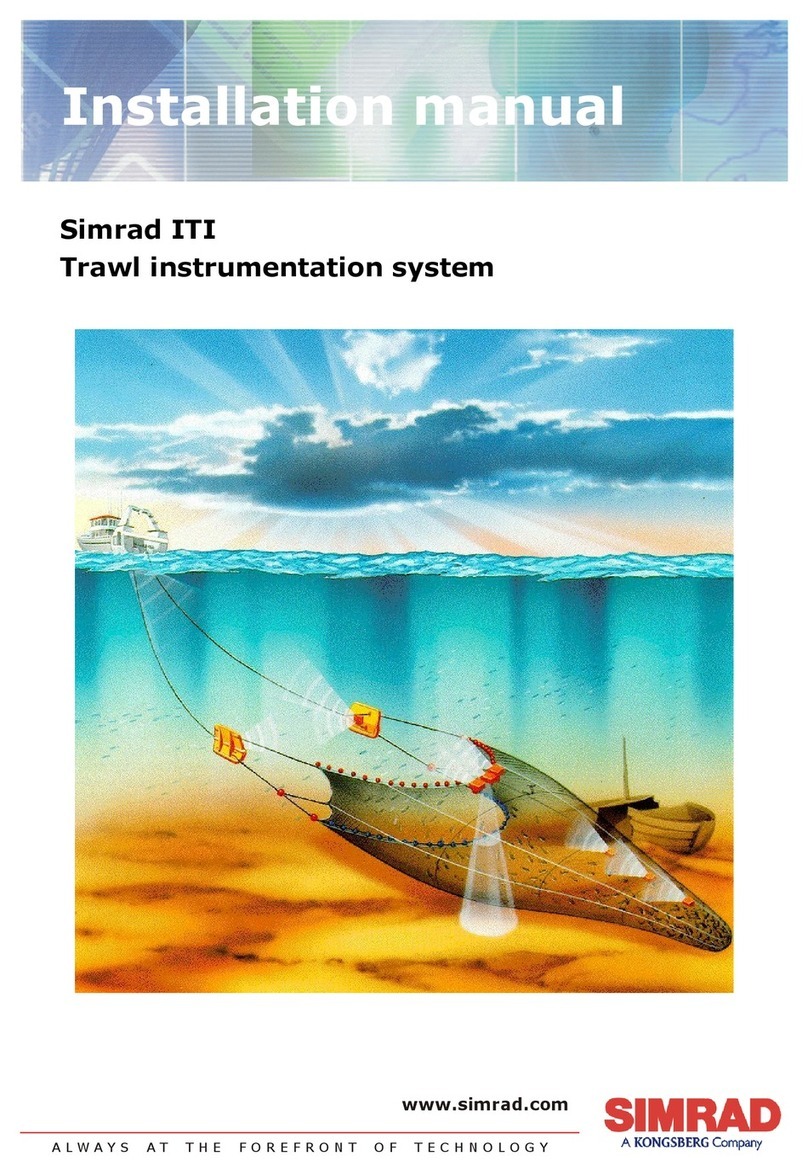
Simrad
Simrad ITI - INSTALLATION REV C User manual
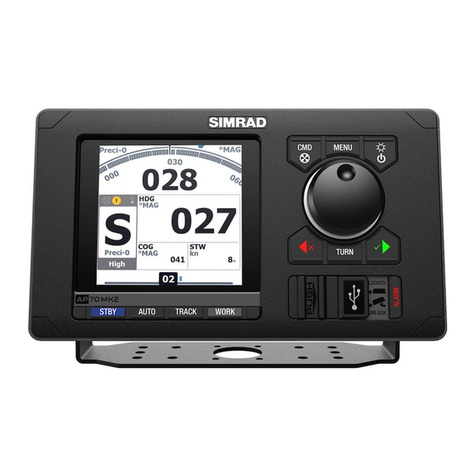
Simrad
Simrad AP70 User manual
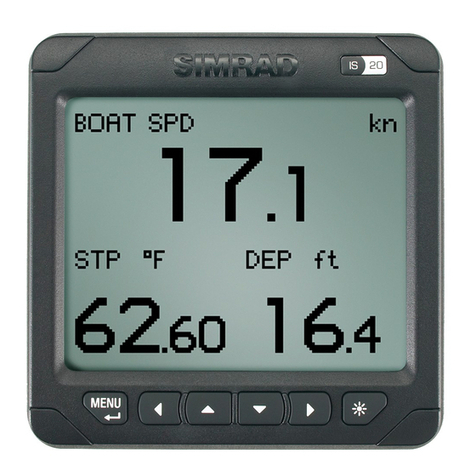
Simrad
Simrad IS20 Combi User manual
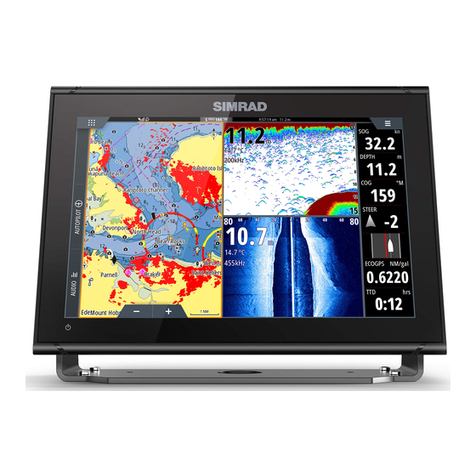
Simrad
Simrad GO XSE Series User manual
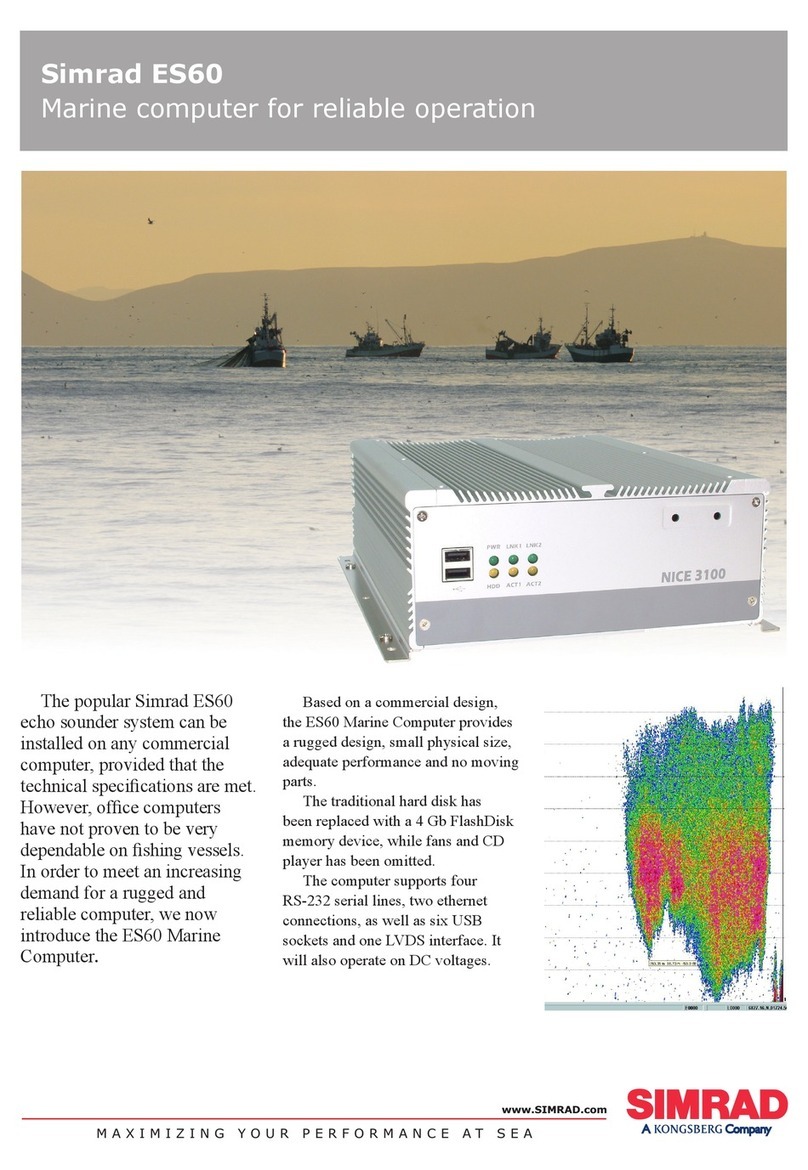
Simrad
Simrad ES60 - DATASHEET REV A User manual
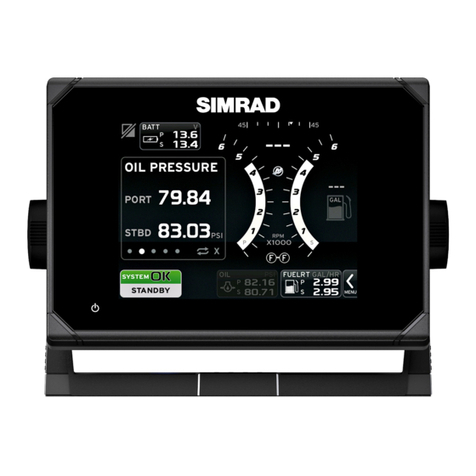
Simrad
Simrad Mercury User manual
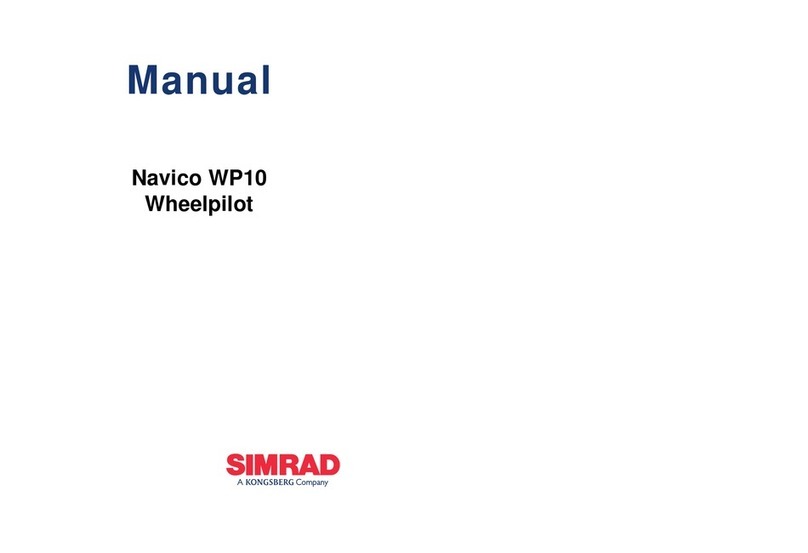
Simrad
Simrad Navico WP10 User manual

Simrad
Simrad ES60 - REFERENCE MANUAL REV H User manual
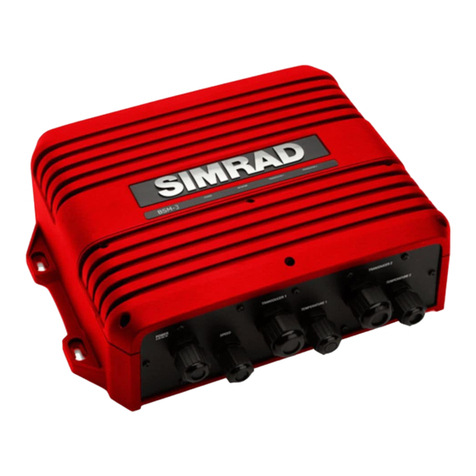
Simrad
Simrad BSM-3 User manual
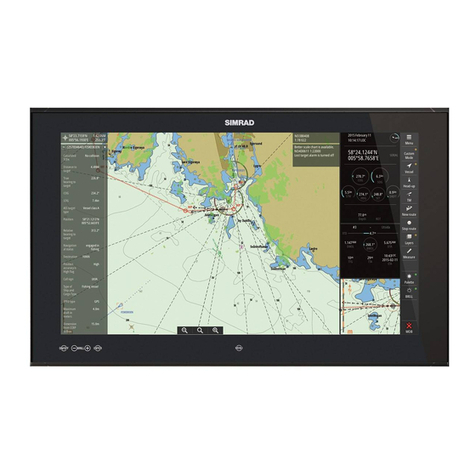
Simrad
Simrad Maris ECDIS900 User manual
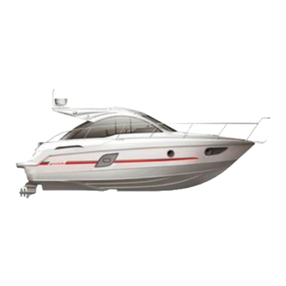
Simrad
Simrad SimNet Quick start guide
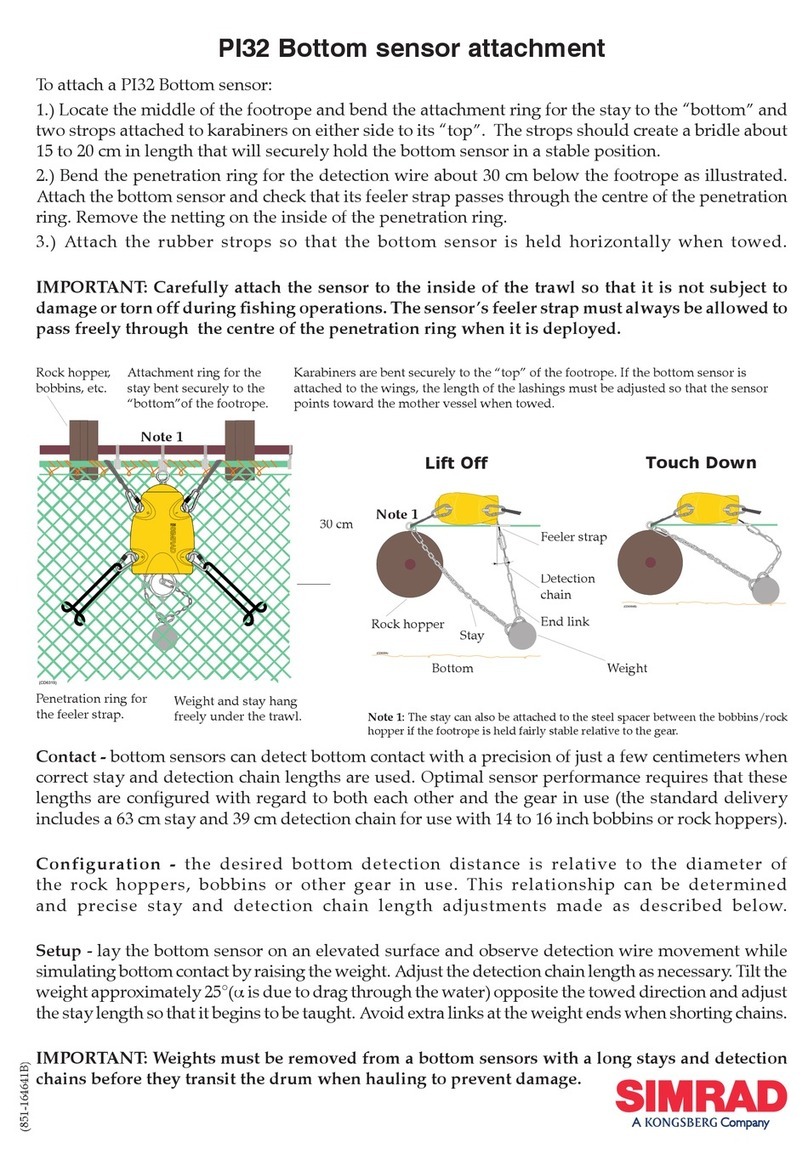
Simrad
Simrad PI32 User manual
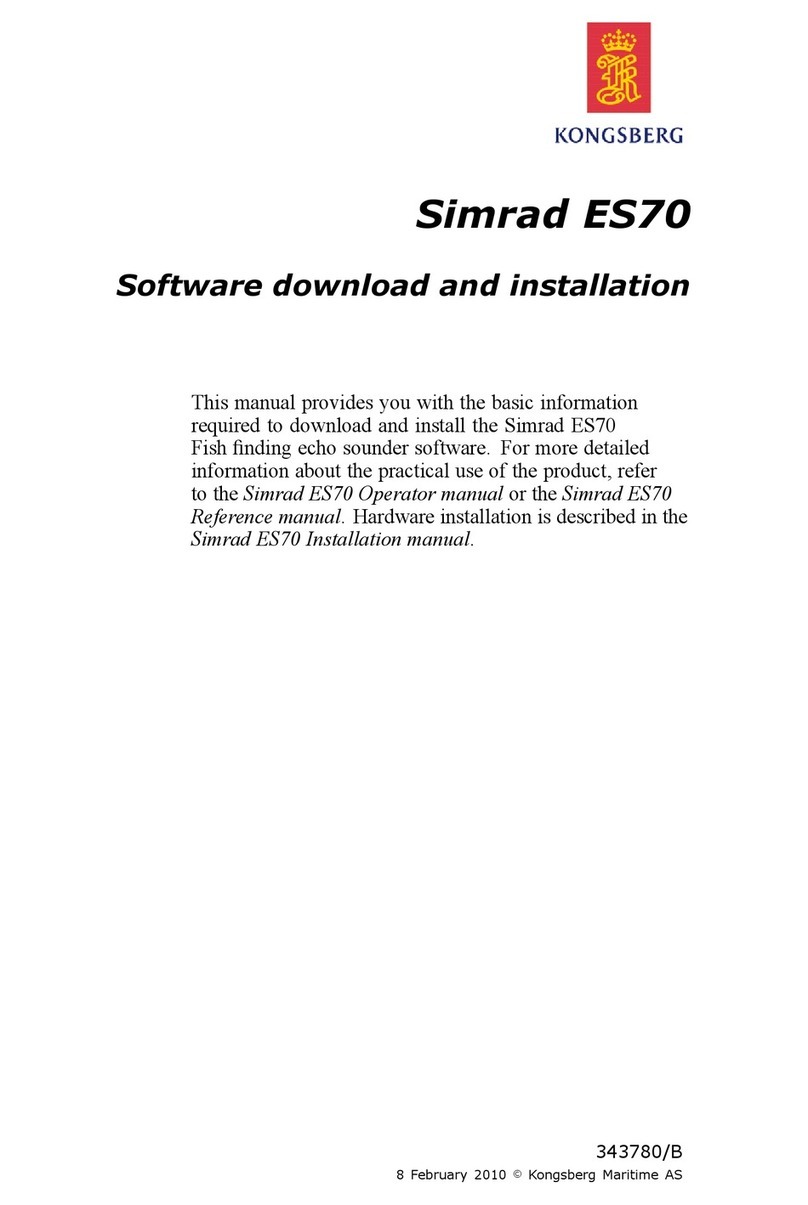
Simrad
Simrad ES70 - DOWNLOAD AND INSTALLATION REV B User manual
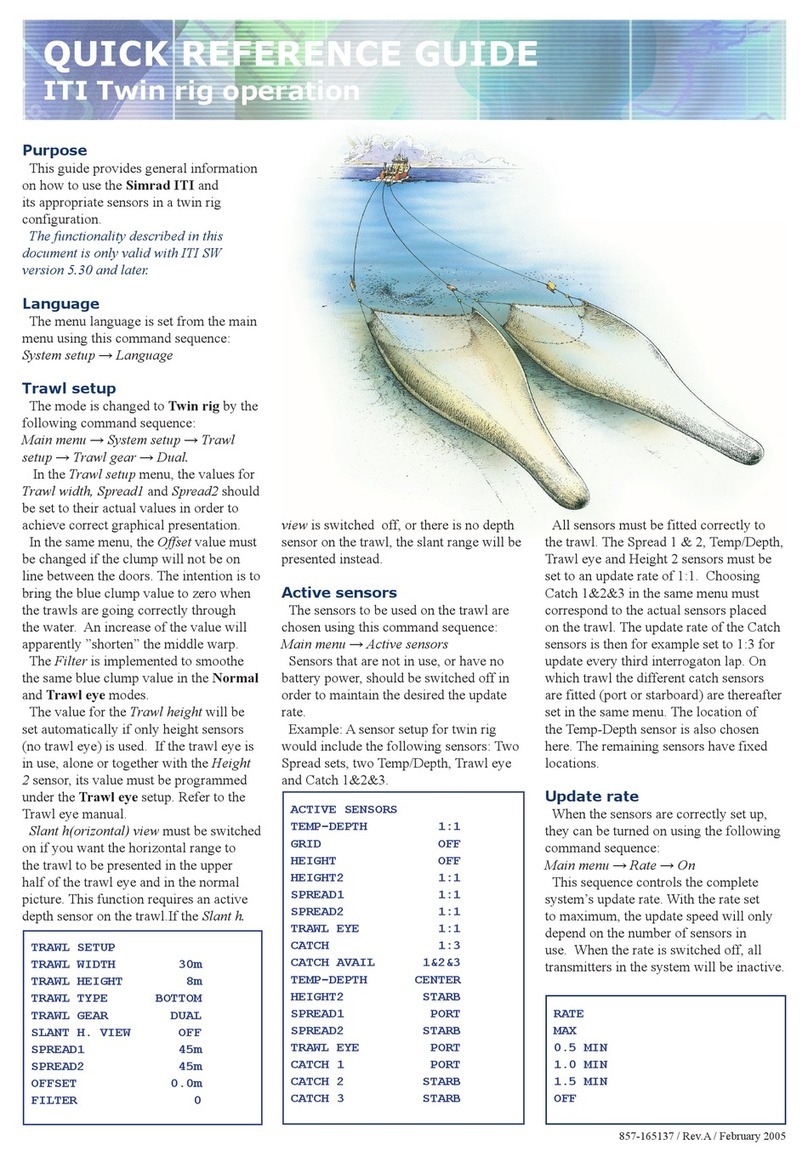
Simrad
Simrad ITI TWIN RIG - QUICK REFERENCE GUIDE REV A User manual
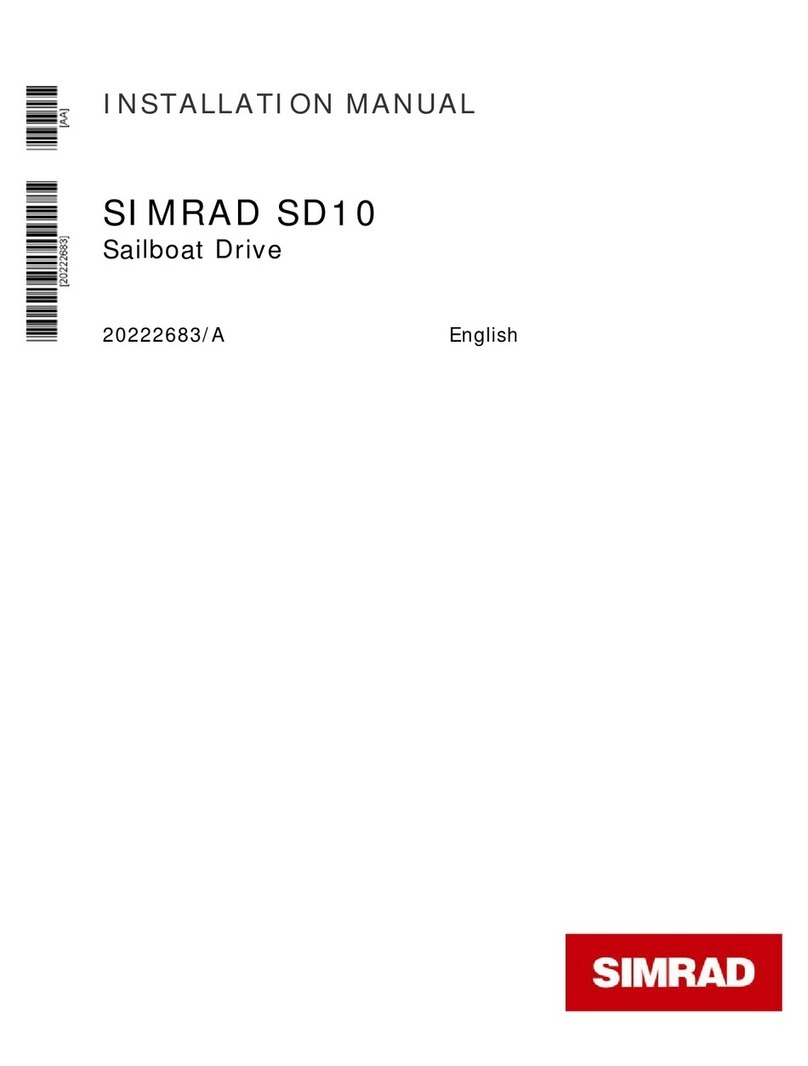
Simrad
Simrad SD1 Operating and maintenance instructions
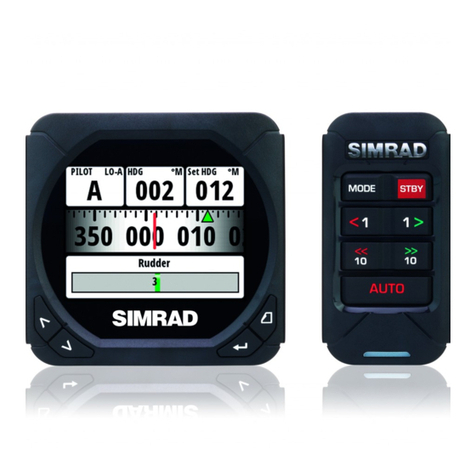
Simrad
Simrad IS40 User manual
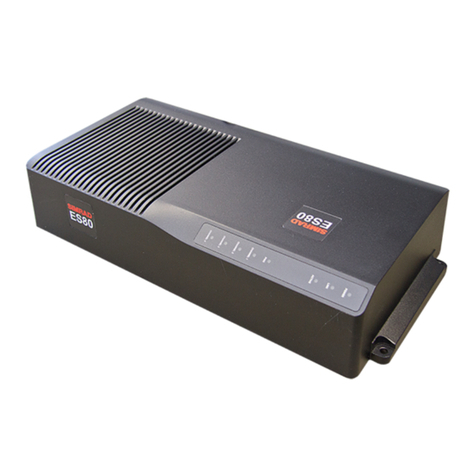
Simrad
Simrad ES80 User manual
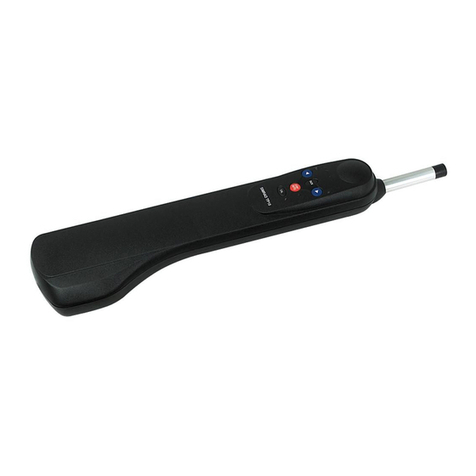
Simrad
Simrad TP10 User manual
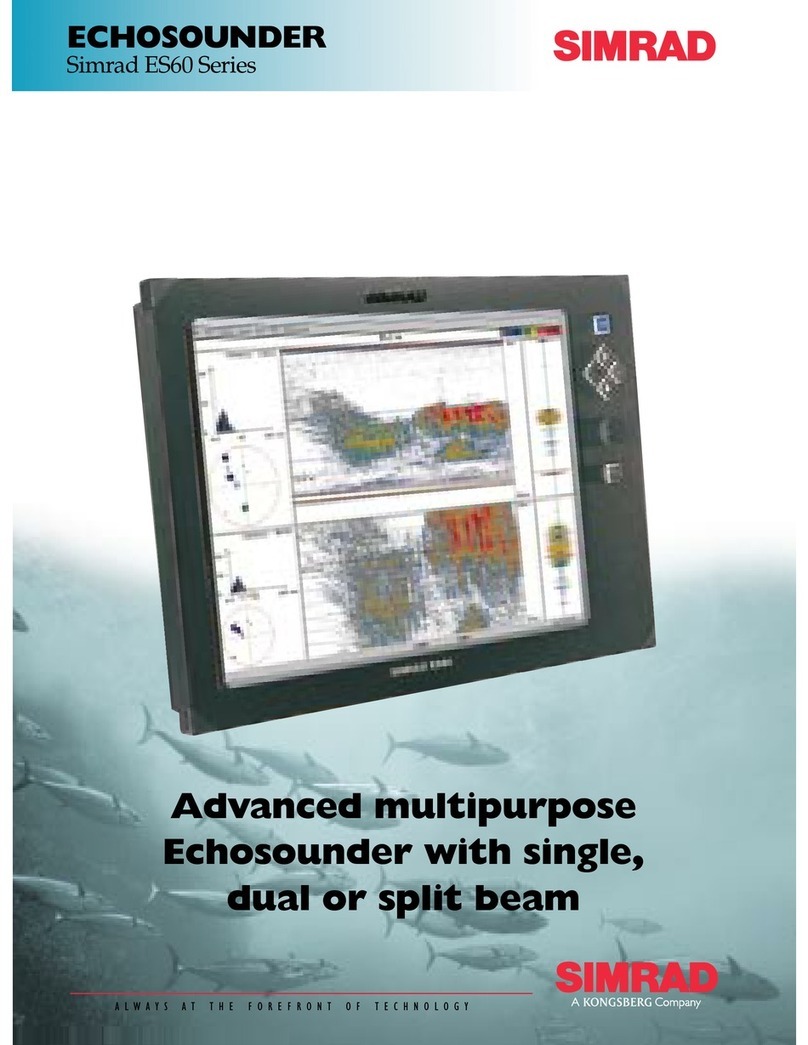
Simrad
Simrad ES60 - DATASHEET REV A User manual

Simrad
Simrad ER60 - REV B User manual

